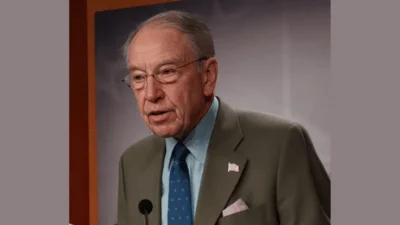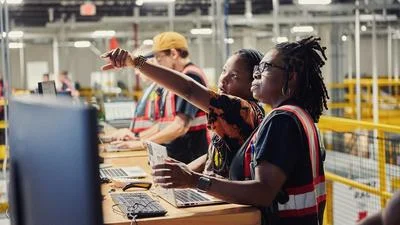The Congressional Record is a unique source of public documentation. It started in 1873, documenting nearly all the major and minor policies being discussed and debated.
“WOMEN'S HISTORY MONTH” mentioning the U.S. Dept of State was published in the House of Representatives section on pages H1575-H1576 on March 23, 1999.
The publication is reproduced in full below:
WOMEN'S HISTORY MONTH
The SPEAKER pro tempore. Under a previous order of the House, the gentlewoman from California (Ms. Woolsey) is recognized for 5 minutes.
Ms. WOOLSEY. Mr. Speaker, March is Women's History Month, and I come to the floor of the House this evening to salute the mothers of Women's History Month, the National Women's History Project, known as ``The Project.'' The Project is from the 6th Congressional District in California, the district that I am proud to represent.
About a year ago I traveled to Seneca Falls, New York to celebrate with my colleagues and our Nation's women the 150th anniversary of the women's rights movement. This was truly a special occasion because Sonoma County, which is my home district, is the birthplace of the National Women's History Project, the organization responsible for the establishment of women's history month and a leader in the 150th anniversary of the women's rights celebration.
The Project, the Women's History Project, is a nonprofit educational organization founded in 1980, committed to providing education and resources to recognize and celebrate women's diverse lives and historic contributions to society. Today they are repeatedly cited by educators, publishers, and journalists as the national resource for information on U.S. women's history.
Thanks to the Project's effort, every March boys and girls across the country recognize and learn about women's struggles and contributions in science, literature, business, politics, and every other field of endeavor.
As recently as 1970, women's history was virtually unknown, left out of school books, left out of classroom curriculum. In 1978, I was the chairwoman of the Sonoma County Commission on the Status of Women. At that time, I was astounded by the lack of focus on women.
Under the leadership of Mary Ruthsdotter and through the hard work of these women, the celebration of International Women's Day was expanded and declared by Congress to be National Women's History Week. Together, the women of my district and the Project succeeded in nationalizing awareness of women's history.
As word of the celebration's success spread across the country, State Departments of Education honored Women's History Week; and, within a few years, thousands of schools and communities nationwide were celebrating National Women's History Week every March.
In 1987, The Project petitioned Congress to expand the national celebration to the entire month of March. Due to their efforts, Congress issued a resolution declaring the month of March to be Women's History Month. Each year since then, nationwide programs and activities on women's history in schools, workplaces, and communities have been developed and shared.
In honor of Women's History Month, I want to praise Mary Ruthsdotter, Molly MacGregor, and Bonnie Eisenberg, who are the birth mothers for this very notion, which makes me, by the way, the midwife. I want to acknowledge Lisl Christy, Cindy Burnham, Jennifer Josephine Moser, Suanne Otteman, Donna Kuhn, Sunny Bristol, Denise Dawe, Kathryn Rankin, and Sheree Fisk Williams. These are the women now working at the Project. All of these women serve as leaders in the effort to educate Americans of all ages. They educate them about the contributions of women in our society.
Under strong and thoughtful leadership by Molly MacGregor, the National Women's History Project educated America about the 150th anniversary of the women's rights movement.
The Project was repeatedly called upon by the National Park Service, in particular the Women's Rights National Historical Park, to help them integrate women's history into their exhibits. Their ``Living the Legacy of Women's Rights'' theme also made it possible for thousands of communities, local schools, employers, and businesses to support and celebrate the 150th anniversary. The Project also launched a media campaign which educated the press about the proud history of the women's movement.
Further, the Project has been recognized for outstanding contributions to women and children and their education by the National Education Association; for diversity in education by the National Association For Multicultural Education; and for scholarship, service, and advocacy by the Center for Women's Policy Studies.
As I pay tribute to women's history month, I am truly grateful to all the devoted women at the National Women's History Project for their continued commitment and for making an indelible mark on our country.
____________________








